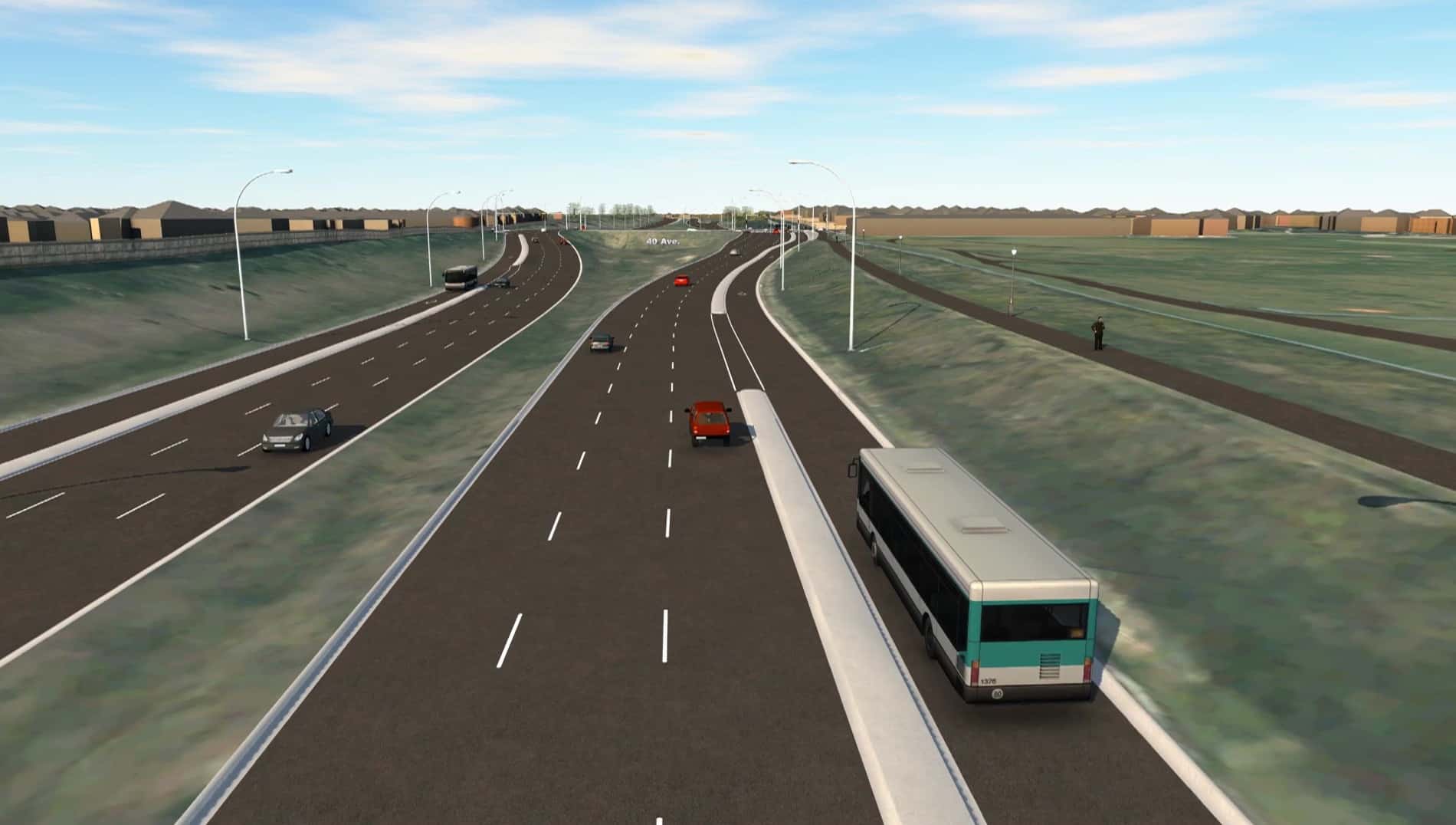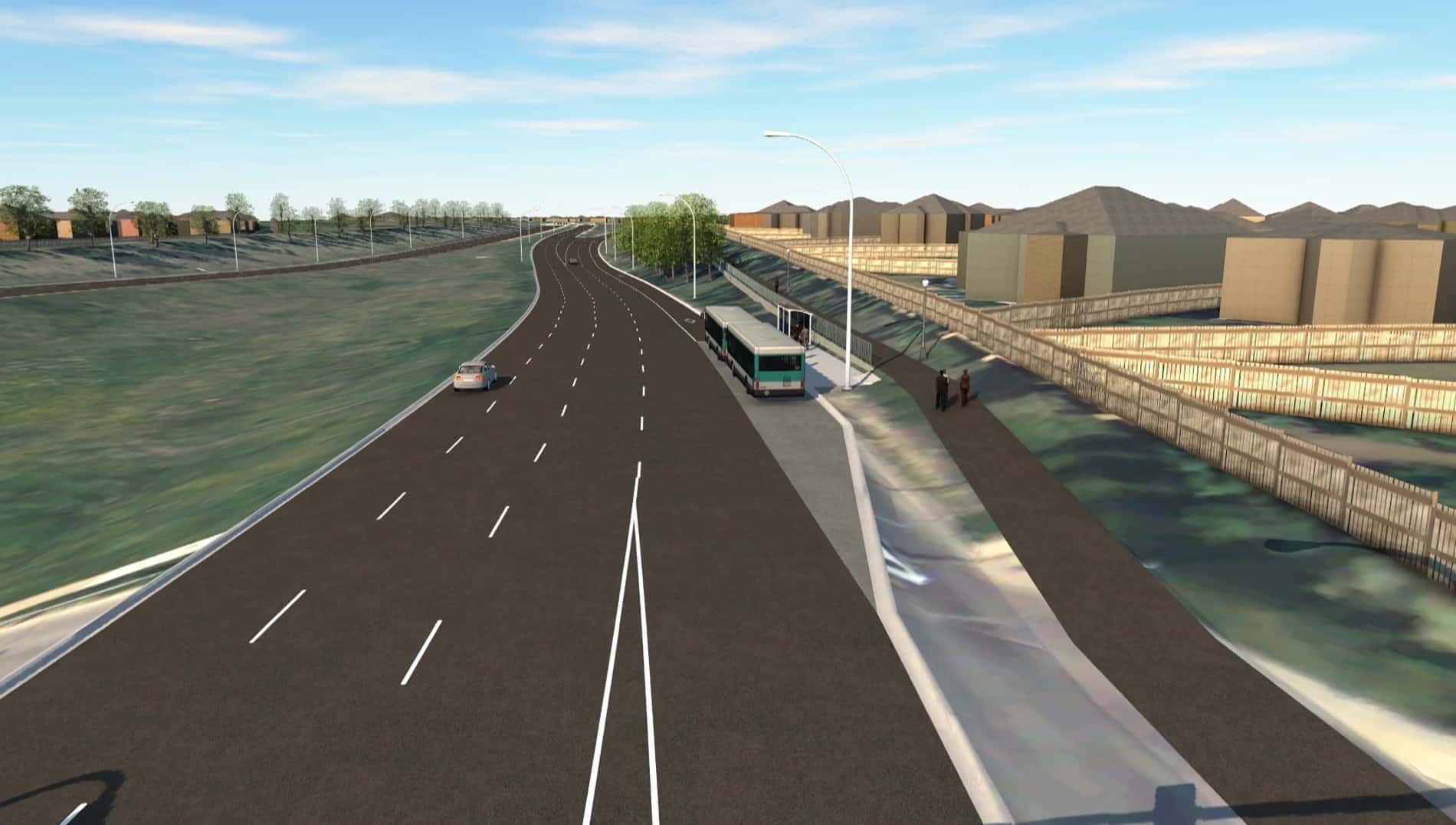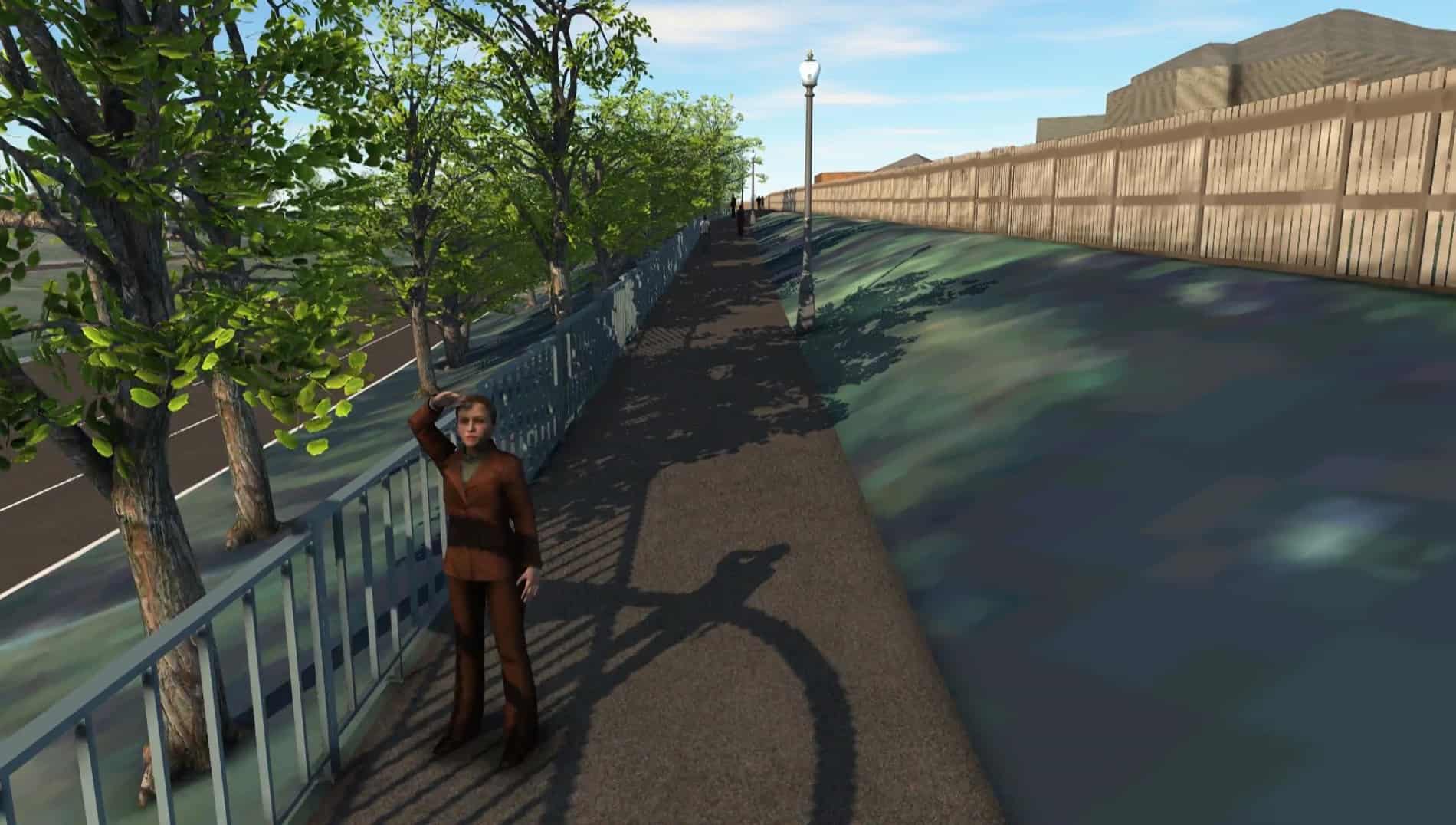Terwillegar Drive between Anthony Henday Drive and Whitemud Drive
Al-Terra, in affiliation with ISL Engineering, was contracted by the City of Edmonton to complete a Concept Planning Study for Terwillegar Drive between Anthony Henday Drive (AHD) and Whitemud Drive. The primary objective for the project team was to develop a plan facilitating improved commute times in the study area, preserving or enhancing access to adjacent neighbourhoods, providing for enhanced transit accommodation on the corridor, and improving cyclist and pedestrian movement while staying within a prescribed budget.
Originally envisioned as a freeway corridor with flyover connections to the adjacent residential connecting roadways and interchange connections at AHD and Whitemud, the project team determined that the objectives of the study could be achieved in a more cost-effective and timely manner through the implementation of an expressway concept. An eight-lane expressway concept plan was developed for the corridor and submitted to the City for approval in 2019. The eight-lane expressway includes three general purpose lanes as well as dedicated transit lanes both northbound and southbound though the entire corridor. This configuration meets or exceeds the required operational capacity through each segment of the corridor at an estimated cost savings of approximately 900 million dollars when compared to the original freeway concept.
The team conducted work that included traffic modelling, road network capacity analysis, travel time and volume analysis for traffic signal configuration, and comparison of expressway versus freeway impacts on multi-modal travel in support of the Complete Streets initiative. We also completed a Multiple Account Evaluation of options and Risk Mitigation workshops to minimize capital and lifecycle costs for the City. We carried out an access and land management analysis to facilitate the expressway upgrade within the existing right-of-way.
A comprehensive Public Engagement Process was carried out for the study, gathering input from local businesses, community leagues, residents, and City Council to inform the design process. Additionally, an InfraWorks simulation was prepared as part of the public engagement activities.





